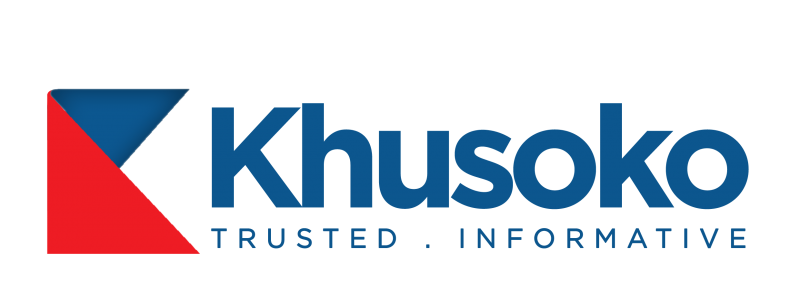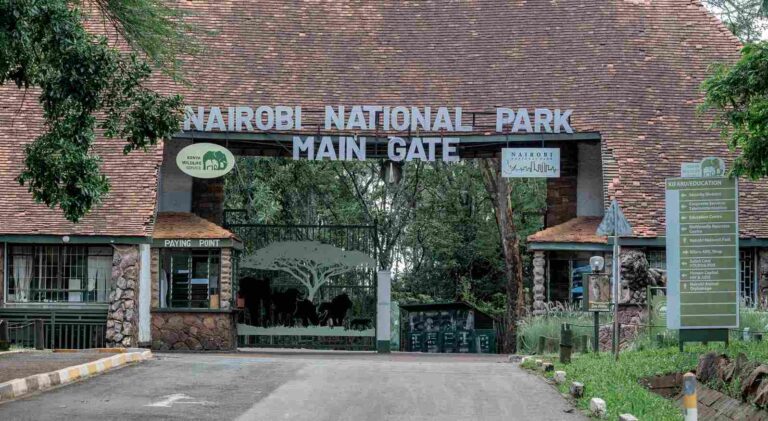The Kenya Wildlife Service (KWS) has gazetted the draft Wildlife Conservation and Management (Access and Conservation Fees) Regulations, 2025, proposing an increase in park entrance fees to close an Sh11.87 billion annual funding shortfall.
These regulations now await parliamentary approval.
In FY 2024/25, KWS generated Sh7.92 billion against a target of Sh19.79 billion, constraining its ability to protect wildlife, restore degraded ecosystems, and respond to human-wildlife conflict and poaching threats.
Regulatory Impact Assessment Supports Fee Revision
A Regulatory Impact Assessment (RIA) carried out before drafting the new regulations found that 75 per cent of stakeholders—visitors, tour operators, and local communities—are willing to pay higher fees if linked to visible conservation outcomes and improved visitor experiences.
Projected Revenue Growth to Sh16.58 Billion by 2028
Under the proposed fee structure, KWS aims to nearly double park revenues—from Sh7.92 billion in 2024 to Sh16.58 billion by 2028—by revising charges across national parks, reserves, sanctuaries, and marine protected areas.
“To help bridge this gap, KWS has gazetted … proposing a revised fee structure for access to national parks, reserves, sanctuaries, and marine protected areas. If approved, this will be the first comprehensive review of conservation fees in 18 years—a long-overdue move that reflects current conservation realities and the urgent need for sustainable financing,” KWS said in its statement.
Core Conservation Activities to Benefit from New Fees
The revised fees will underwrite critical interventions:
- Habitat and ecosystem restoration
- Enhanced anti-poaching and wildlife security operations
- Mitigation of human-wildlife conflict
- Modernisation of park infrastructure and services
- Expansion of conservation education and awareness programmes
“For over a decade, our conservation fee structure has remained static, despite rising costs, evolving visitor expectations and increasing threats to wildlife,” said Prof. Erustus Kanga, KWS Director General.
“Today, more than 90 per cent of our internal revenue comes from tourism-related activities. Yet we face a widening fiscal deficit that undermines not only conservation, but also the livelihoods of over one million Kenyans whose jobs depend on a thriving wildlife economy.”
Inclusive Stakeholder Consultations Underway
The draft regulations are being implemented through a transparent, inclusive process with extensive stakeholder consultations and public participation across the country to ensure buy-in and accountability.

Maintaining Accessibility with Balanced Pricing
Current rates range from US$22–60 for foreign visitors, while Kenyan adults and children pay Sh860 and Sh215, respectively. The RIA recommends:
- A phased 15 per cent hike to optimise revenue with minimal visitor loss
- Targeted discounts for schools and families
“This review is not just about revenue—it is about the survival of our wildlife and the resilience of our conservation systems,” Prof. Kanga emphasised.
“It’s a bold and necessary step to protect our biodiversity, support communities who coexist with wildlife, and secure the future of Kenya’s natural heritage for generations to come.”
Economic Significance of Wildlife Tourism
Wildlife tourism contributes roughly 10 per cent to Kenya’s GDP and generates over US$1 billion (Sh128.9 billion) in direct annual revenue.
By reinvesting these funds into conservation, KWS aims to unlock even greater socio-economic and ecological benefits while reducing reliance on government subsidies and donor grants.
Kenya Scraps Visa Requirements for Most African and Caribbean Nations to Boost Regional Tourism





